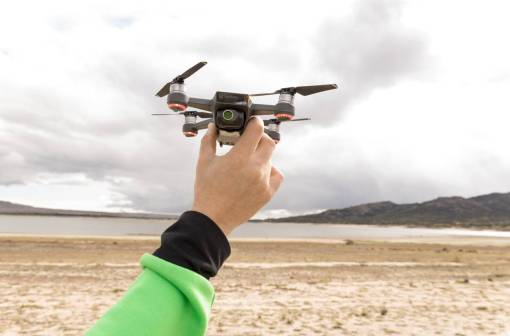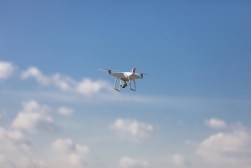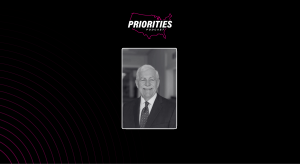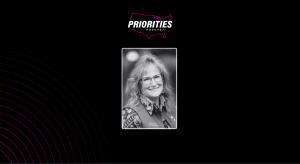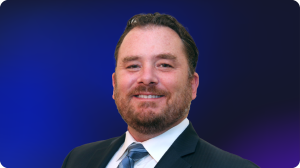NYPD drone flights rose 3,200% since 2022, with little public oversight, watchdog claims
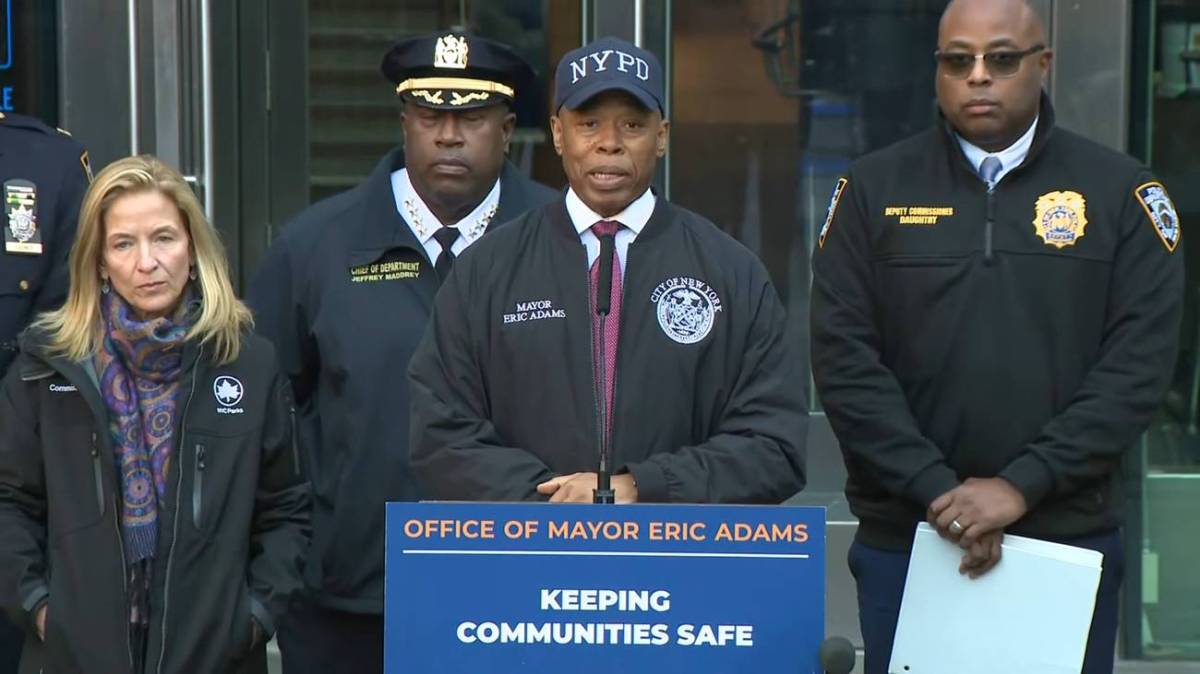
The number of remote-controlled, pilotless aircraft flights by the New York City Police Department’s drone program has grown 3,200% since 2022, and with little public oversight, according to a report published Thursday by a New York civil rights group.
The report, released by the Surveillance Technology Oversight Project, or S.T.O.P., claims that the NYPD’s drone program has “rapidly morphed into a sprawling surveillance operation” that poses safety and privacy risks to residents. The city’s use of drones, which took flight in 2023 after Kaz Daughtry, then-assistant NYPD commissioner and current deputy mayor for public safety and “drone czar,” per his LinkedIn profile, announced at the time that the department would fly drones over a number of parades and celebrations. Daughtry also said drones would respond to calls about large gatherings, including private events hosted in backyards.
In November of 2024, NYC officially launched its “drone as first responder” program. And in July, the city announced the formation of a drones operations committee, which Daughtry chairs, with Mayor Eric Adams proclaiming that “drones are the future of public safety.”
Eleni Manis, an author of the S.T.O.P. report and the organization’s research director, said the report was partially motivated by the NYPD’s use of drones to monitor “No Kings” protests in October. That led the group to begin looking into the department’s mandated quarterly drone reports.
The reports show that in the first six months of 2025, the NYPD conducted 6,546 drone flights, the vast majority through the department’s “drone as a first responder” program. During the same six-month period in 2024, the NYPD conducted 647 drone flights.
“It occurred to us when we looked at the NYPD required drone reporting that drone flights have skyrocketed, and are on target for exponential growth in the coming year — and that we didn’t talk much about it or know much about it,” Manis said. “The civil rights implications are clear.”
Those civil rights implications, Manis said, include violations of privacy, threatening the rights to the freedom of assembly and the potential for discriminatory policing practices. But more worrying, she said, is the growth of the department’s routine surveillance. While the NYPD’s most recent policy, published in December 2024, forbids using drones to replace routine foot patrols, Manis worried that the images captured while using them even to respond to emergencies makes it easier for police to monitor daily life and minor infractions in already over-policed communities.
Manis also claimed that the vague flight category listed on quarterly reports as “Public safety, emergency, or other situation with the approval of the Chief of Department,” could mean many flights were flown for a variety of undisclosed purposes. Of the roughly 6,500 flights NYPD drones have taken this year, 632 were listed under this category.
“We don’t know how many of them are responses to 911 calls compared to simply patrolling the city,” she said. “It gives police an opportunity to intervene, to police small infractions, minor violations that they wouldn’t otherwise police. So, if you have drones that reveal folks committing minor offenses, smoking where they’re not supposed to be, drinking where they’re not supposed to be, well, that’s evidence of a violation, right? Which, in the typical policing way, is an invitation to intervene, not a reason to say, No big deal. Let’s let that slide. And certainly not in over-policed communities.”
The S.T.O.P. report also argues that the department’s expanding use of drones poses physical safety risks, from potential accidents and dangerous flying practices. In May, an NYPD drone crashed on a roof in Brooklyn and caught fire after its lithium-ion battery was ejected from the impact. While firefighters were able to put out the blaze and damage was limited to the drone itself, Manis said the incident illustrated a larger safety issue.
She also noted the hazard of flying drones beyond officer line of sight, a practice that she said increases the risk of collisions, especially with the large number of drones now flying over the city.
The report includes several recommendations for the city and the NYPD. It urges the department limit drone use to emergency scenarios, and to fully disclose the purpose of each drone flight, including specific justifications, rather than vague approvals by the police chief. The department has announced plans to launch a public website that would display this information, but S.T.O.P. says it should be expanded to include information about all city agency drone flights and their purposes in compliance with the Public Oversight of Surveillance Technology Act, which the department has been scrutinized for not complying with.
Manis said the incoming administration of Mayor-Elect Zohran Mamdani has an opportunity to change how the NYPD is permitting to use the technology, especially regarding its impacts to civil rights and the chilling effect on freedom of expression.
“We need to pump the brakes on the growth of the drone program — on the DFR, on the drones first responder program — to allow the public and its representatives to see a lot more about exactly how drones are being flown,” Manis said. “Monitoring a large event really chills freedom of expression. The NYPD used drone footage to identify and arrest protesters last year, and that’s nothing if not a reason for protesters to worry about.
“I think that the Mamdani administration should carefully rethink the purposes towards which drones can be put when it comes to protest surveillance. That’s a long way of saying drones shouldn’t surveil protesters, and they certainly shouldn’t be used to identify protesters.”
The report comes after several advocacy groups, like the American Civil Liberties Union, have raised alarms about the proliferation of “drones as first responder” programs. The Washington Post reported in August that hundreds of law enforcement agencies have established such programs, with the number expected to only keep rising.
